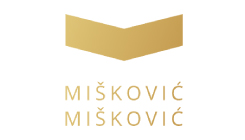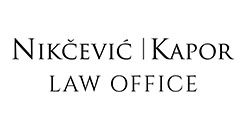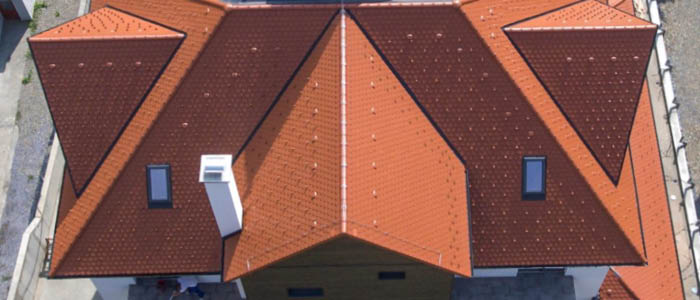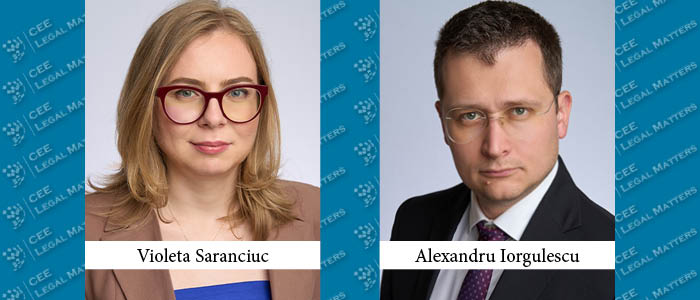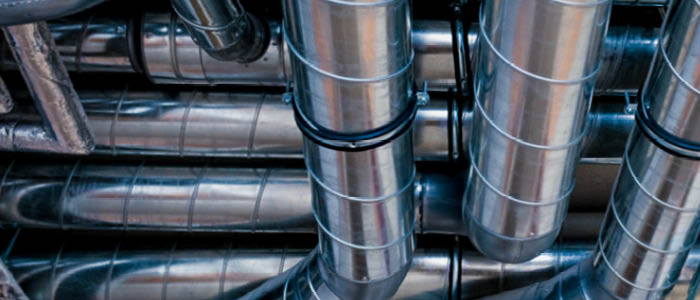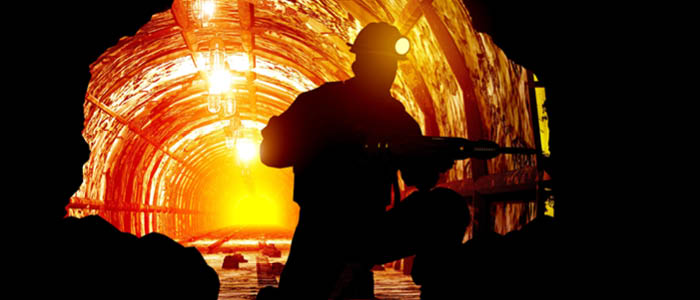When I reached the age of four, I remember my father making a selfless but nevertheless hard decision to stop his PhD studies in nuclear physics at the Massachusetts Institute of Technology in the USA in order for our family to be reunited and live under one roof in Slovenia, which, at the time, still formed a part of the former Yugoslavia.
Years later, I learned that it was due to the fact that my mother did not want to leave her position as a judge in Slovenia and relocate. This brings me to the issue of gender equality in the legal profession, which seems to have come, in my view, to the communist East long before it came to the capitalist West. In our firm, for example, half of the lawyers are women, including at the Partner level, and we only realized that this was some sort of an achievement when we spoke with colleagues working for other Western international firms, where gender equality is a hot topic and firms are still striving for change and parity between the sexes.
Reaching the end of high school, I had decided to study law – only to be confronted by my father’s huge disappointment, as he was at that time convinced that science was the only truly cross-border occupation that any young Eastern intellectual should pursue. This was the time when the legal profession in the Adriatic was more or less limited to dispute resolution, with litigation as the only alternative. I still think of him often when I am boarding airplanes from London to Belgrade, from Tokyo to Ljubljana, in relentless closing of cross-border deals. If only he lived to see the days when advisory and transactional legal services represent two thirds of all bigger law firms’ work in CEE, most of it with some sort of international element. In only 20 years, the landscape of legal practice in SEE has changed dramatically, with leading law firms growing from sole practitioners to full service business providers, expanding not only with multiple practice groups, but also by opening offices in other countries in the region. From a Managing Partner’s perspective, a new legal development trend in the Adriatic has been identified. Although Eastern law firms, in the first 20 years after the Berlin Wall was brought down, saw only investments flowing in from the West, we now work daily with colleagues from the rest of CEE. Only yesterday, I closed an M&A transaction for a Polish investor; last month I represented Czech banks in an acquisition-financing deal in Slovenia; and tomorrow I will work on a Slovak investment in Croatia. It is definitely not something anybody could have predicted ten years ago. Therefore, I strongly believe CEE Legal Matters has come along at the most pivotal time and will play a crucial role in the unique process of the CEE law firms and clients‘ networking.
Last month I read that 250,000 refugees arrived in Slovenia, a small nation of 2 million people, on the so-called Balkan route. The European Commission’s autumn 2015 economic forecasts calculate that the expected three million refugee arrivals by the end of 2016 will produce increases in annual GDP growth ranging from 0.2 to 0.5 per cent in EU countries affected by the crisis. So-called “transit” countries like Hungary and Slovenia – which refugees are moving through – will see small growth gains because of the stimulus effect of increased state spending. But, unfortunately, a downturn of economic prosperity for old and new Europeans is a sobering fact that we are all facing. Not a single business lawyer can ignore the human catastrophe that follows the river of people meandering through the Macedonian, Serbian, Croatian, and Slovenian fields. This will sooner or later affect our daily work life – and to some extent it already has. At our recent regional partners meeting in Ljubljana, partners from our Belgrade office decided not to drive up, as the uncertainty of new fences being built between Slovenia, Croatia, and Serbia and the effect of the crisis on what used to be a four-hour drive made them choose instead to fly. And, of course, this effect will not stop in CEE, since most of the refugees are on their way to the Western members of the EU. As I am writing this article, a fence between Slovenia and Austria, two Schengen states, is also being built, which is not only changing the landscape aesthetically but is also bringing European Union treaties back to the table. This process is unlikely to facilitate the tremendous efforts of unifying legal differences in the region’s jurisdictions, which would otherwise ease cross-border business endeavors.
What the consequences of the latest refugee crisis will be is yet to be seen, but tensions between the Adriatic countries, two of them being EU member states already, are again on the rise. And tensions are never good for business. As an eternal optimist, I am sure that countries in SEE will overcome these challenging times. I am looking forward to seeing what the years ahead of me will unveil and am very grateful for the opportunity to live in such interesting historical times in Europe’s hot spot, where everything seems possible. In a positive way.
By Uros Ilic, Managing Partner, ODI Law Firm
This Article was originally published in Issue 2.6. of the CEE Legal Matters Magazine. If you would like to receive a hard copy of the magazine, you can subscribe here.














